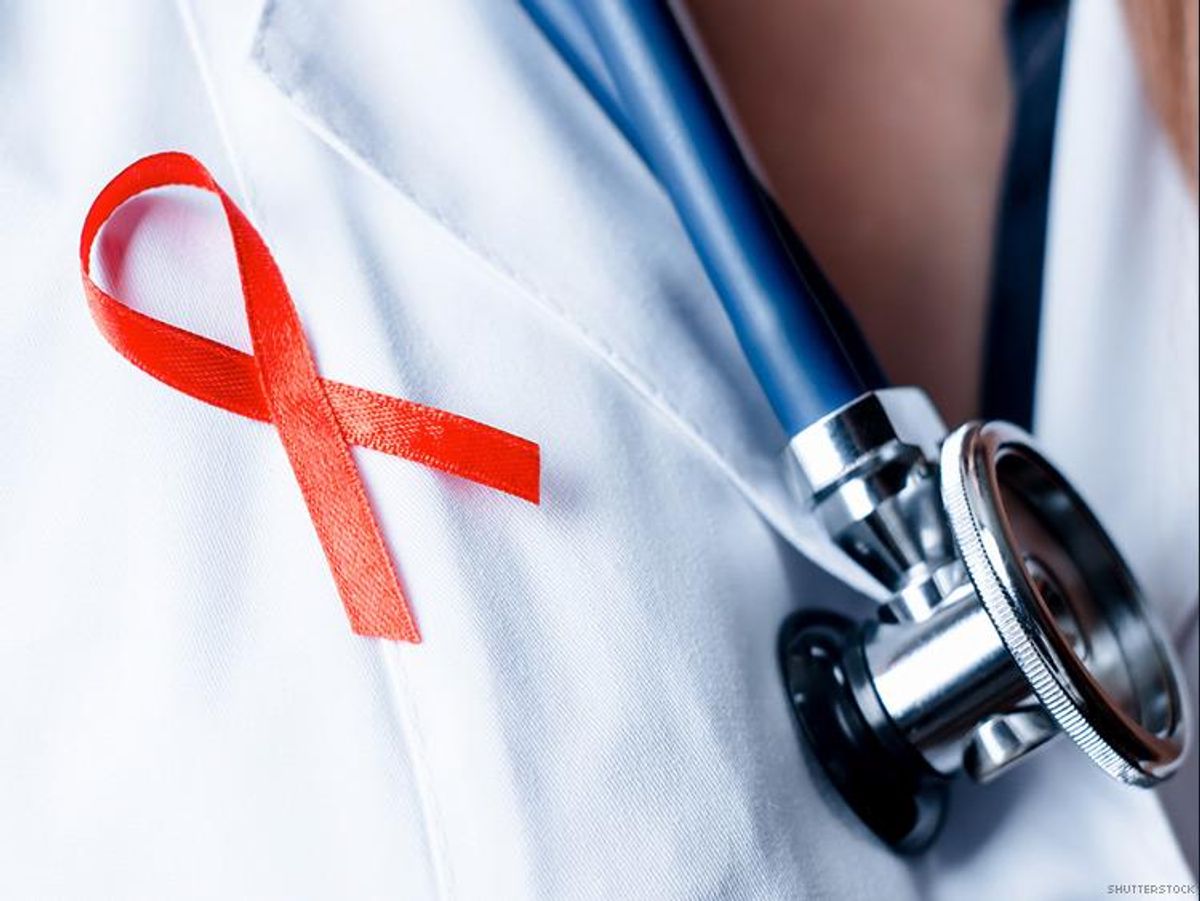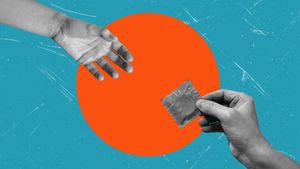The National Alliance of State & Territorial AIDS Directors released its annual report offering a review of AIDS Drug Assistance Programs, which have seen positive changes since they were able to expand services through the Affordable Care Act and its expansion of Medicaid.
By helping to provide treatment and payment assistance for health insurance to those living with HIV who can’t afford the costs of medication, ADAPs play a critical role in efforts to end HIV nationwide. They work to reduce new diagnoses, increase access to care, and improve health outcomes — in other words: we need them to be as accessible as possible.
ADAPs are part of the Ryan White HIV Program, which, according to the report, is the country’s third largest provider of federal funds for HIV care, after Medicaid and Medicare.
According to the report, the majority (77 percent) of all clients served by ADAPs in 2015 were virally suppressed. This data was based on records collected from each person served under the ADAP program in all of 2015.
Additionally, according to the 2015 Ryan White Program Client-Level Data Report, 83 percent of people receiving any service within the Ryan White Program were estimated to be virally suppressed.
Part A of the Ryan White HIV Program provides grant funding for medical and support services to Eligible Metropolitan Areas and Transitional Grant Areas, both of which are population centers that are most severely affected by HIV, as stated on the government's website. Part B provides grant funding to states and territories to improve the quality, availability, and organization of HIV health care and support services, including grants for ADAPs.
The new report included a comprehensive look into the characteristics of 10 ADAPs with the highest rate of viral suppression as well as a report on Part B's health outcomes. States like Illinois, Iowa, Massachusetts, New Hampshire, New Mexico, New York, Ohio, Oklahoma, Oregon, and West Virginia were at the top of the list.
As shown in the infograph below, the top 10 states have 89 percent of their clients virally suppressed. All of them except for one (Oklahoma) have had an expansion of Medicaid. The state of New York, by far, had the most ADAP budget at $348.9 million (which served 22,916 people in 2015), while New Hampshire had the lowest at $2.5 million.
Unfortunately, the Trump administration is currently aiming to repeal the ACA as well as cut Medicaid, which will significantly diminish access to care for low-income people living with HIV. As NASTAD executive director, Murray Penner, said in a statement:
“Cutting Medicaid will put far more pressure on safety net systems like ADAP and the Ryan White Program. As the Senate takes up its own version of the [ACA replacement], it is imperative that lawmakers understand the devastating impact that undercutting Medicaid and private insurance for people living with HIV and hepatitis will have on public health programs and efforts to fight and end the epidemics.”
Check out the infographs below courtesy of NASTAD:








































































